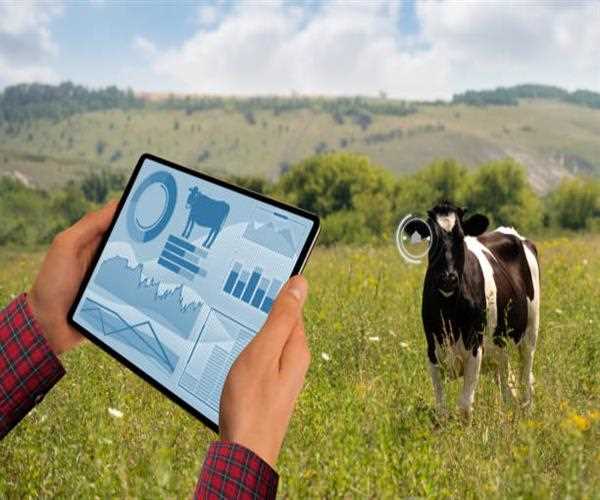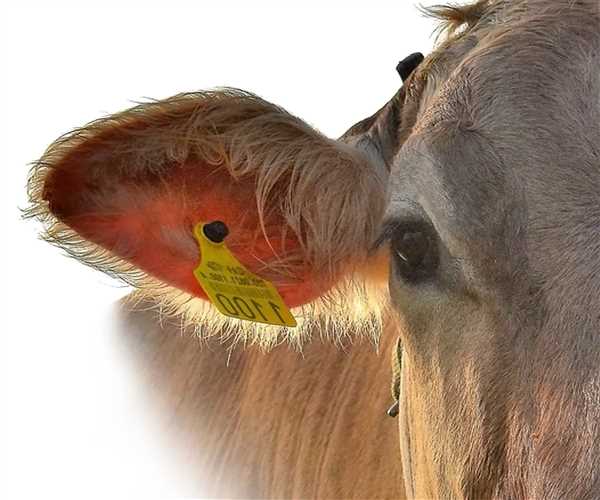Search here

10-Aug-2023 , Updated on 8/10/2023 11:53:51 PM
IoT and agriculture- Precision farming, crop monitoring and livestock management
Highlights
I. Precision Farming
- Precision farming utilizes Internet of Things (IoT) technologies to optimize practices.
- Through the use of sensors and GPS tracking devices data is collected on soil moisture, temperature and nutrient levels.
- Farmers are able to make informed decisions based on this data to improve crop yields and resource efficiency.
- By employing rate technology planting, irrigation and fertilization can be adjusted in time based on the collected data.
II. Crop Monitoring
- IoT sensors are employed to monitor crops for diseases, pests and growth patterns.
- Drones equipped with cameras and sensors capture high resolution images of fields.
- Data analysis assists, in identification of issues allowing for targeted interventions.
- The implementation of crop monitoring helps reduce the need for inspections while minimizing resource wastage.
III. Livestock Management
- IoT devices such as RFID tags are used to track and manage livestock health and location.
- Sensors monitor animal activity, body temperature and feeding patterns.
- Real time data aids in the detection of illnesses, optimization of feeding schedules and improvement of animal welfare.
- Automated systems provide alerts, for birthing or health emergencies.
In the changing world of technology agriculture has undergone changes. The combination of Internet of Things (IoT), with agriculture has led to a form of farming called precision farming. This innovative approach utilizes IoT to improve aspects of agriculture, such as monitoring crops managing livestock and increasing efficiency on the farm. As the global population continues to grow and sustainable food production becomes IoT driven advancements in agriculture offer promising solutions to tackle these challenges.
Precision Farming- The Modern Revolution
Precision farming, also known as farming or digital agriculture involves using devices, sensors and data analytics to collect real time information from farms. This information is then utilized to make decisions that optimize crop yield minimize resource waste and reduce the impact of agricultural practices. By utilizing data from sources, like weather stations, soil sensors, GPS devices and drones; precision farming allows farmers to tailor their strategies based on the needs of their fields.
Accurate data collection is an aspect of precision farming. Soil sensors integrated into fields can monitor moisture levels, nutrient content and pH balance. This real time information is then sent to farmers, who can make adjustments, to their irrigation and fertilization schedules based on the data. Moreover weather stations offer insights into weather patterns allowing farmers to make timely decisions regarding planting, harvesting and pest control.

Crop Monitoring- Boosting Yield and Quality
The use of technology for crop monitoring has revolutionized agriculture. By utilizing a network of sensors and drones farmers can gather data on plant health, growth rates and overall crop conditions. This data driven approach enables them to detect issues on such as outbreaks of diseases or nutrient deficiencies. By taking action farmers can implement targeted strategies to address these problems and protect their crop yields.
Drones equipped with infrared cameras provide a perspective of the fields revealing variations in vegetation and highlighting areas that require attention. This information assists farmers in making decisions about irrigation, fertilization, and pesticide application. Additionally, through image recognition algorithms that analyze these visuals, specific plant diseases or pest infestations can be identified accurately. This allows for treatment methods that minimize the need for broad-spectrum chemicals.
Livestock Management- Embracing Technological Advancements
The incorporation of technology in agriculture extends beyond crop cultivation. Livestock management is another aspect that has witnessed improvements thanks, to innovations.
Smart sensors attached to animals can monitor their well being, behavior and whereabouts in time. For example wearable devices can track the grazing patterns of cattle providing insights, into their grazing habits and overall health. This data enables farmers to optimize grazing areas prevent overgrazing and ensure the welfare of the animals.

Image Source- RCR wireless newsFurthermore, Internet of Things (IoT) solutions offer benefits in monitoring animal health. Temperature sensors placed in barns can notify farmers about temperature changes helping them prevent stress-related health issues in livestock. Enabled collars can monitor signs and identify abnormalities early on facilitating timely detection of diseases and reducing the risk of epidemics. This technology-driven approach does not improve animal welfare. Also enhances productivity by minimizing losses caused by illness.

SEO and Content Writer
I am Drishan vig. I used to write blogs, articles, and stories in a way that entices the audience. I assure you that consistency, style, and tone must be met while writing the content. Working with the clients like bfc, varthana, ITC hotels, indusind, mumpa, mollydolly etc. has made me realized that writing content is not enough but doing seo is the first thing for it.
Join Our Newsletter
Subscribe to our newsletter to receive emails about new views posts, releases and updates.
Copyright 2010 - 2025 MindStick Software Pvt. Ltd. All Rights Reserved Privacy Policy | Terms & Conditions | Cookie Policy